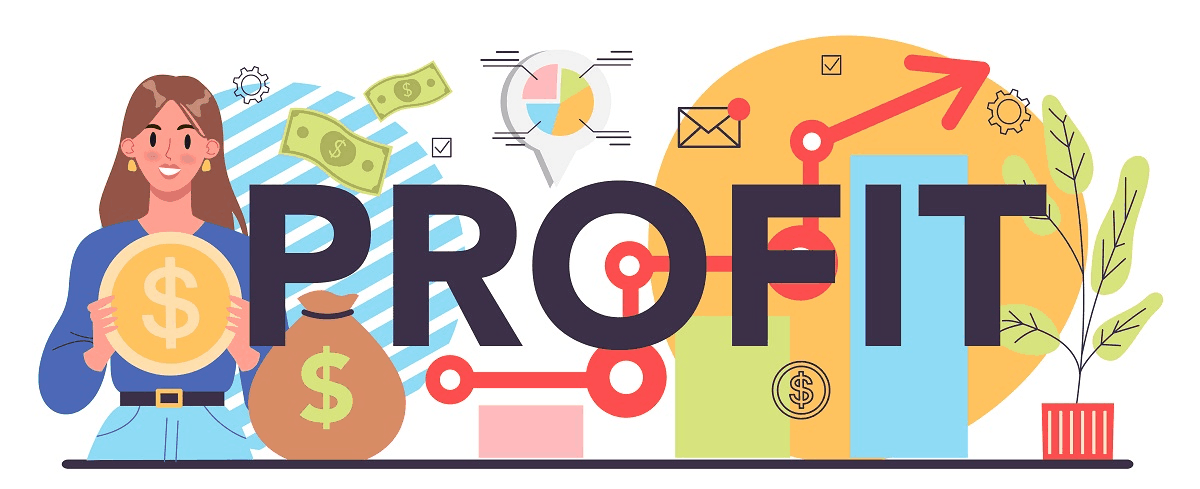
If you’re running a power washing business and not tracking how much profit you make per hour per job, you’re leaving money — and insight — on the table. It’s not enough to just look at the total amount of money a job brings in. You need to ask yourself: How much am I actually making for every hour I work?
In this article, we’ll explain what hourly profitability is, why it matters, and how to calculate and use it to make smarter, more profitable business decisions. 📊🧽
🧠 What Is Hourly Profitability?
Hourly profitability refers to how much net profit (not just revenue) you’re making for each hour of labor, including both your time and your crew’s time.
Let’s break it down:
Hourly Profit = (Total Revenue – Total Expenses) ÷ Total Hours Worked
This number tells you how efficient and profitable your business is. You might have jobs that feel lucrative but actually eat into your time and margins. Tracking this metric helps you separate gut feeling from hard data. 🎯
🛑 Why “Revenue” Alone Can Be Misleading
Imagine two jobs:
- Job A: Pays $800 but takes 6 hours, two workers, and $100 in chemicals
- Job B: Pays $500, takes 2 hours, one worker, and minimal material cost
Many people would chase Job A, thinking it’s better because it’s worth more. But Job B is actually more profitable per hour.
Let’s do the math:
Job A:
- $800 revenue
- $100 materials
- 6 labor hours x $20/hour (2 workers) = $240
- Profit = $800 – $100 – $240 = $460
- Hourly profit = $460 ÷ 6 = $76.66/hour
Job B:
- $500 revenue
- $20 materials
- 2 labor hours x $20/hour (1 worker) = $40
- Profit = $500 – $20 – $40 = $440
- Hourly profit = $440 ÷ 2 = $220/hour
🔥 Job B is nearly 3x more profitable per hour.
Without this breakdown, you might’ve assumed the $800 job was better. This is why tracking hourly profitability is a game-changer. 💡
📈 Benefits of Tracking Hourly Profitability
✅ Smarter Scheduling
You’ll know which jobs to prioritize, repeat, or drop based on efficiency.
✅ Better Pricing
You can adjust pricing based on how long jobs really take.
✅ More Effective Marketing
Put more effort into promoting services with the highest return per hour.
✅ Avoid Burnout
Stop taking low-margin, time-consuming jobs that wear you out and waste resources.
✅ Confident Scaling
Know when and how to hire without guessing your margins.
🛠️ How to Track It (Without Getting Overwhelmed)
You don’t need to be an accountant. Here’s how to make it simple:
- Track Start and End Time
For every job, record how long it actually took. Include load/unload time and drive time if you want a full picture. - Note Crew Size
Include how many people worked. 2 workers for 3 hours = 6 labor hours. - Write Down All Job Costs
Chemicals, fuel, insurance (estimated per job), repairs — even wear and tear. - Use a Simple Spreadsheet or App
Tools like Jobber, Housecall Pro, or even Google Sheets can help you track:
| Job | Revenue | Labor Hours | Expenses | Net Profit | Hourly Profit |
|---|---|---|---|---|---|
| Smith House | $500 | 2 | $50 | $450 | $225/hr |
Do this for a month and patterns will appear.
🧽 Common Time-Wasters That Kill Hourly Profit
🛑 Over-delivering on underpriced jobs
Don’t spend 5 hours detailing a $200 driveway.
🛑 Long drive times between jobs
Cluster jobs in the same neighborhood to maximize output.
🛑 Working without systems
Have a pre-job checklist, standard loadout, and workflow to avoid wasted motion.
🛑 Redoing work or fixing mistakes
Quality control = fewer callbacks = better profitability.
💬 Real Talk: What’s a Good Target?
Aim to make $100–$200/hour in net profit. If you’re earning under $75/hr after costs, you may be underpricing or taking on the wrong jobs.
If you’re solo and making less than $60/hr, you’re essentially earning less than a skilled tradesman, but with more overhead and stress.
Knowing your hourly numbers helps you:
- Say “no” to unprofitable jobs
- Justify raising prices
- Create upsell packages that lift margins
🔄 Raise Prices Strategically
If a service consistently pays under your hourly target, raise the price or repackage it.
Example:
- Instead of just “Deck Cleaning for $199,” offer:
“Deck Cleaning + Brightening + Mold Guard — $349 flat rate”
It may only take 30 more minutes but could double your hourly margin.
🔐 Profit-Driven Decision Making
Tracking hourly profitability helps with:
- Hiring: Can I afford another tech?
- Equipment: Will a surface cleaner save labor hours?
- Marketing: Which jobs should I advertise more?
It transforms you from just “being busy” into running a profitable business.
🔚 Final Thoughts
Tracking hourly profitability isn’t just a bookkeeping task — it’s a profit multiplier. It reveals which jobs are worth your time, which ones aren’t, and how to grow smart without guessing.
Start simple. Use pen and paper if needed. But whatever you do — start now. Because every hour you don’t track could be an hour you’re underpaid. ⏳💵






